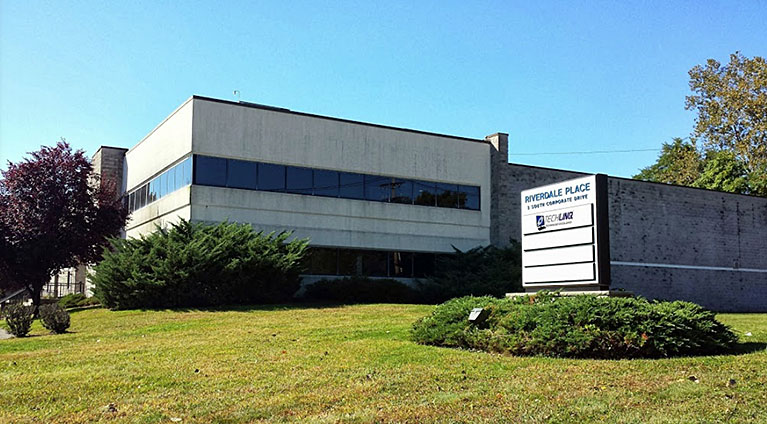
Most, if not all, cybersecurity experts believe that anything connected to the internet can be hacked. So with the increasing popularity of the Internet of Things (IoT) and IoT devices in the healthcare industry, it’s only wise that organizations understand and address the risks associated with the ubiquity of IoT.
Computing devices that contain a treasure trove of patient data are attractive targets for cybercriminals. Healthcare apps, for instance, hold plenty of sensitive information, such as Social Security numbers, prescriptions, and medical histories. Should hackers ever get a hold of this information, they could resell it on the dark web or use it to steal their victim’s identity. They could even use this information to gain direct control over other IoT equipment, which would lead to even bigger consequences.
Similarly, hackers could exploit vulnerable medical devices to infiltrate even the most secure networks. They could use compromised IoT devices to sneak ransomware and other types of malware into a network, causing service disruptions and preventing practitioners from providing responsive treatment.
To effectively defend against IoT-related risks in your healthcare practice, consider the following:
Use multifactor authentication (MFA)
MFA requires users to provide more information than just their username and password to prove their identity, such as a password or PIN, an SMS code, or a fingerprint or retina scan. By enabling MFA on your networks and devices, hackers will have a harder time accessing your accounts and sensitive data.
Encrypt your data
Another way to protect your business and your patients from a massive data breach is through encryption. Encrypting electronic health records while they’re being transmitted or kept in storage prevents hackers from intercepting and reading confidential information.
If possible, everything that is transmitted across your network should be encrypted automatically to secure communications between IoT devices.
Install intrusion prevention systems
Since most IoT attacks are delivered via the internet, intrusion prevention systems are crucial to identifying and blocking unauthorized connections to your network. When you install intrusion prevention systems, hackers who try to remotely access or shut down your IoT equipment will be stopped before they damage your systems.
Security updates
Last but not least, IoT manufacturers regularly release security patches for their gadgets. Get in the habit of downloading these updates as soon they’re rolled out, or program your devices to automatically download and update themselves to ensure their safety from the latest threats.
When it comes to security, healthcare institutions have their work cut out for them. But whether you’re dealing with hardware security, data privacy, or regulatory compliance, it’s a good idea to partner with a managed IT services provider that specializes in helping the medical industry.
Call us today to discover how we can better protect you and your patients.



